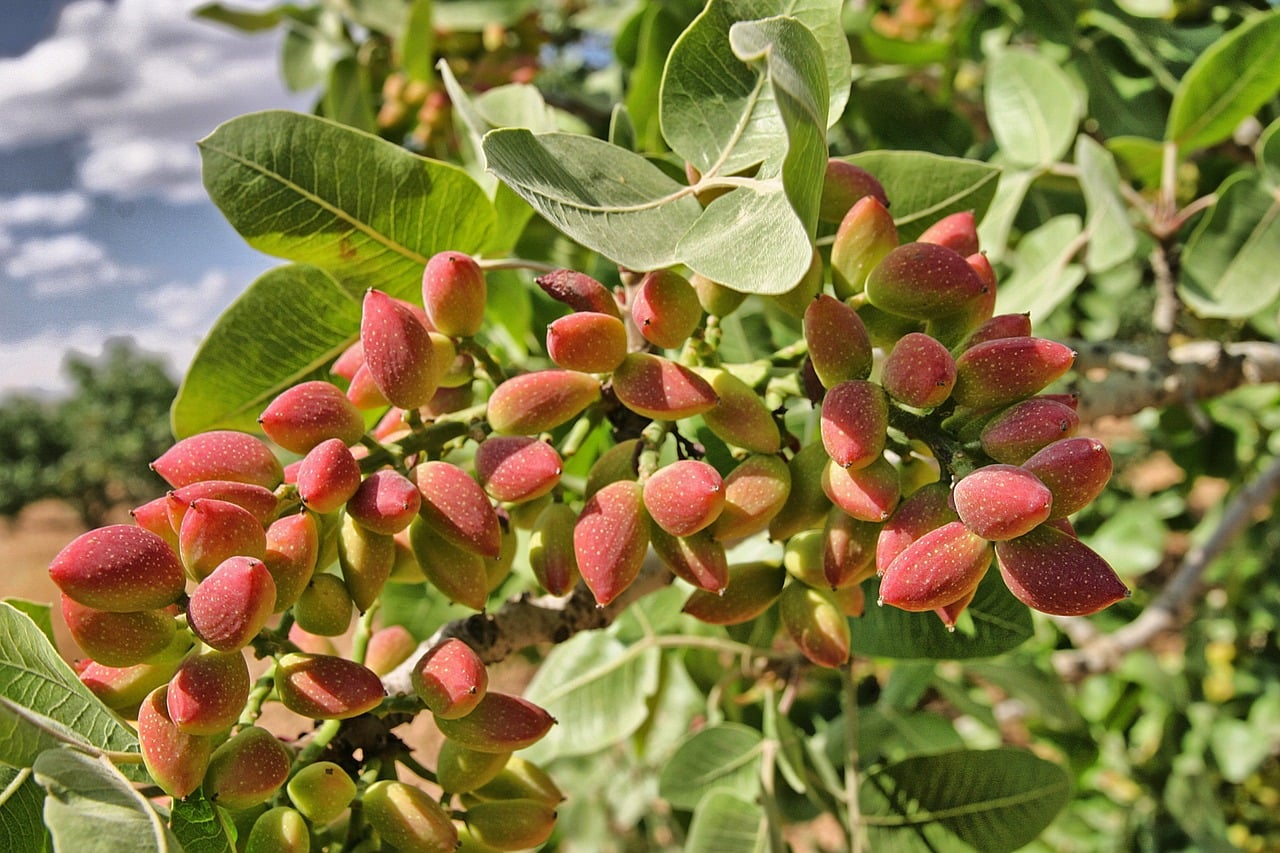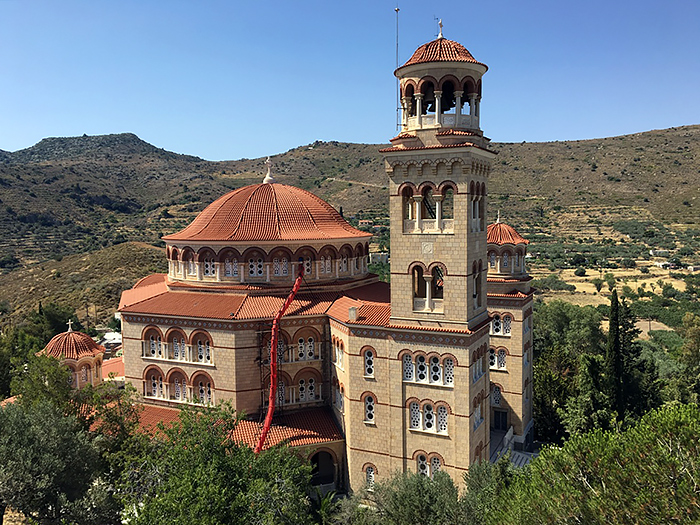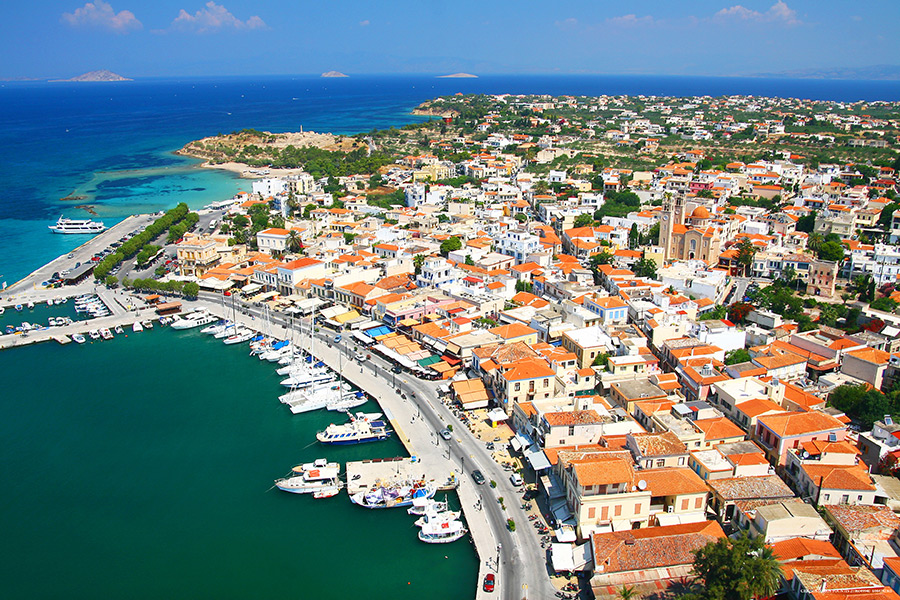Aegina: island of a goat-nymph and pistachio festival


An indispensable part of the Greek meze—selection of small dishes served as appetizers—are nuts, especially popular during fasting. Hearty, rich in trace elements and vitamins, they are not only tasty but also healthy. Pistachios, for example, relieve cardiovascular problems and “bad” cholesterol, lower blood sugar levels and smoothen the mucous membranes in the body. Moreover, if they are called “Lukhovitsky” all local cucumbers marketed in Russia, then pistachios marketed in Greece are called “Aegina Pistachios”.
Pistachios were brought to Greece after Alexander the Great’s conquest of Persia—from there. They took root in their new homeland, first choosing the island of Aegina*, and then other regions. Aegina pistachios are still considered the best in the world: calcareous soil and a special climate give them a unique taste.

The first plantation of pistachio trees on the island belonged to Nikolaos Peroglou: in 1896, this Athenian bought a plot of 20 acres on the island and laid out an orchard; the poor and dry soil did not allow most of the seedlings to grow, but the ones of pistachios grew surprisingly and gave a rich harvest. Peroglou later even wrote a book on how cultivate the trees.

Since then, most of the Aeginians have been growing pistachios (up to 800 tons per year) and what only of them do not! Fried nuts with salt and lemon, pistachio bread or ice cream and baklava, pistachio cosmetics, even pistachio shell works—all this is popular with tourists who come to the island. Moreover, every year a festival called Aegina Fistiki Fest is held here: in 2022, the last one (13th festival) took place from August 7 till September 18.
Here is the site of the festival: www.fistikifest.gr, www.facebook.com/AeginaFistikiFest/
In 1994, pistachios from Aegina were included in the list of products with a protected designation of origin.

*Aegina is an island in the Saronic Gulf between Argolis and Attica. Its population is 13 thousand people and the area is approximately 77 sq. km. Distance from the port of Piraeus to the port of Aegina is 11.5 nautical miles.
During the 1821 war of national liberation against the Turks, Aegina became the seat of the first government of Greece, led by Kapodistrias, before it moved to the city of Nafplio in 1828.
On the island, be sure to visit the Orthodox convent of the Holy Trinity (sometimes called the monastery of St. Nektarios). At the foot of the hill on which the monastery is located, there is the Church of St. Nektarios, one of the largest in Greece. The church was founded in 1973. Its grand opening took place in May 1994.